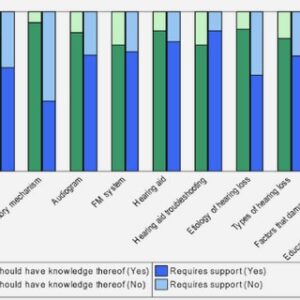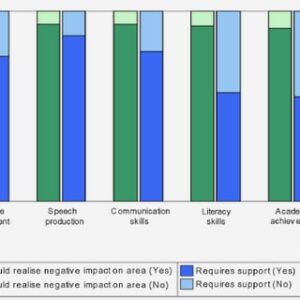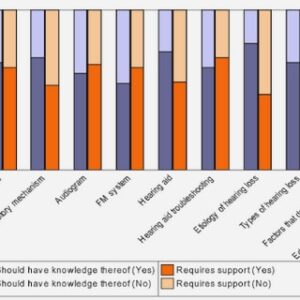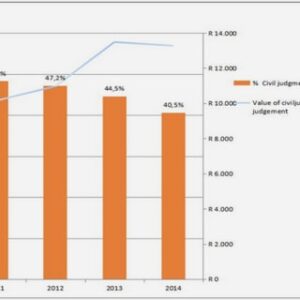(Downloads - 0)
For more info about our services contact : help@bestpfe.com
Table of contents
A General Presentation
I Introduction
1 Agricultural intensity and the trade-off between production and biodiversity
1.1 Two conflicting objectives
1.2 Two mutually dependent objectives
1.3 What are the solutions for reconciliation?
2 Adjusting intensity and its allocation to meet production and conservation objectives
2.1 The land sparing/land sharing framework
2.2 The importance of intensity spatial arrangement
2.3 Policy targeting to influence intensity allocation
3 Adjusting intensity and its allocation: from concept to practice
3.1 Defining the land sparing and land sharing allocations
3.2 Computing the biodiversity/intensity relationship
4 Research question
II General Approach
1 Case study
2 Describing agriculture
2.1 The Input Cost/ha intensity indicator
2.2 Studying the aggregation of intensity among small agricultural regions
2.3 The grassland/arable land gradient and heterogeneity within small agricultural regions
3 The farmland bird community
3.1 Data from the French Breeding Bird Survey
3.2 The farmland bird community and its descriptors
4 Analyzing the effect of agriculture on the bird community
4.1 The correlative approach
4.2 Statistical methods
4.3 Exploring the effect of intensity allocation modifications
III Summary of the results
1 Describing the spatial distribution of intensity at the French country scale, with SAR resolution
1.1 The distribution of intensity shows spatial structure
1.2 Moderate correlation between the intensity gradient and the land use gradient
2 Analyzing the response of the bird community to agricultural intensity
2.1 Homogeneity benefits specialists, heterogeneity benefits generalists
2.2 The response of birds to intensity: sharper in the extensive range, winner and loser species
3 The spatial aggregation of intensity influences the bird community/intensity relationship
4 Exploring optimal intensity allocations to overcome the production/biodiversity trade-off
4.1 Calibrations: intensity links biodiversity and production
4.2 Intensity allocations draw the trade-off between production and biodiversity, and reveal win-no-lose solutions
5 Targeting intensity changes
5.1 The spatial structure of intensity: several clusters with significant aggregation
5.2 Reaching optimal allocations: targeted intensity changes, opposite for extensification and intensification
IV Discussion
1 Ph.D. contributions: generalization potentials and restrictions
1.1 Describing and mapping agricultural intensity
1.2 The farmland bird community focus
1.3 The scale studied
1.4 European perspectives
2 The land sparing/sharing framework applied in our case study: the importance of mixed strategies
2.1 The biodiversity/intensity relationship in the European context
2.2 The community level reveals how winners substitute losers
2.3 Accounting for spatial arrangement: land sparing can influence the biodiversity/ intensity relationship
2.4 The importance of mixed allocation strategies
3 Targeting conservation policies to improve their effectiveness
3.1 Current distribution of the conservation policies
3.2 What kind of targeting will lead to future improvements?
4 Perspectives
4.1 Down-scaling: the intensity changes at the farm level
4.2 Up-scaling: policy options to target intensity changes
4.3 From biodiversity to other criteria and ecosystem services
Supplementary material
s1 Agricultural intensity: several measures and effects
s2 The efficiency lever
B Articles
V A novel method for mapping agricultural intensity reveals its spatial aggregation: implications for conservation policies
1 Introduction
2 Methods
2.1 Data
2.2 Input Cost/ha intensity indicator computation
2.3 Estimation method of the Input Cost/ha at SAR resolution
2.4 Testing the intensity aggregation
3 Results
3.1 Agricultural intensity and input categories distribution across production types
3.2 Intensity estimation with SAR resolution
3.3 Spatial aggregation of farming intensity
4 Discussion
4.1 Weakness and strength of the intensity indicator and its estimation
4.2 The spatial aggregation of intensity and its implications for conservation policies
5 Conclusions
References
VI Mixed benefits of compositional and configurational heterogeneity on farmland birds according to their habitat specialization
1 Introduction
2 Methods
2.1 The French Breeding Bird Survey
2.2 Trait-based species groups
2.3 Land uses and heterogeneity
2.4 Statistical analysis
3 Results
3.1 Arable/grassland ratio vs heterogeneity
3.2 Effects of compositional and configurational heterogeneity on the bird community
4 Discussion
4.1 Implications for conservation
5 Conclusion
References
VII The spatial aggregation of agricultural intensity influences the variations of farm- land bird communities on a nationwide intensity gradient
1 Introduction
2 Methods
2.1 Agricultural intensity and its aggregation
2.2 Bird data
2.3 Statistical analysis
3 Results
3.1 Effects of agricultural intensity on the bird community
3.2 Interacting effect of intensity and aggregation
4 Discussion
4.1 Underlying mechanisms of the effect of intensity and its aggregation
4.2 The significant effect of intensity aggregation: implications for conservation
References
Supplementary material
s1 Effect of the other explanatory variables than intensity
s2 Linear vs non-linear models for the bird community/intensity relationship
s3 Correlation between intensity and land uses
s4 Detectability of the bird species
VIII Optimal targeting of agricultural intensity allocation to reconcile production, economy and biodiversity at the countrywide scale
1 Introduction
2 Methods
2.1 Conceptual model
2.2 Data
2.3 Statistical calibrations
2.4 Simulations
3 Results
3.1 The trade-offs between criteria among all intensity allocations
3.2 The targeted intensity changes leading to optimal allocations
4 Discussion
4.1 Variables used
4.2 Complementarity with other approaches
4.3 Policy implications
References
Supplementary material
s1 Species list of the farmland bird community
s2 Calibrated relationships between the three criteria and intensity
s3 The trade-offs between the economy and alternative biodiversity criteria
General Bibliography




